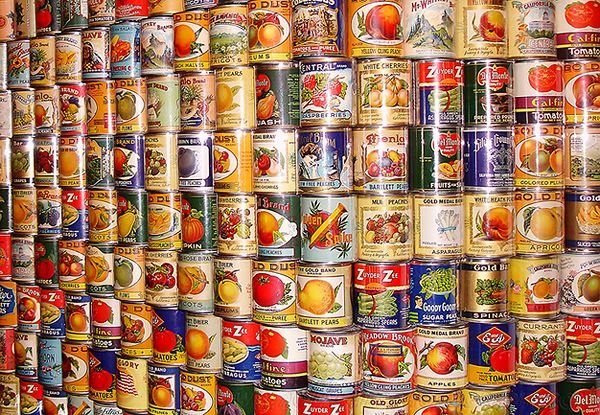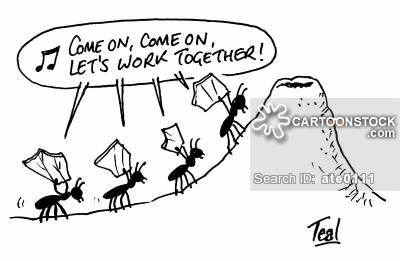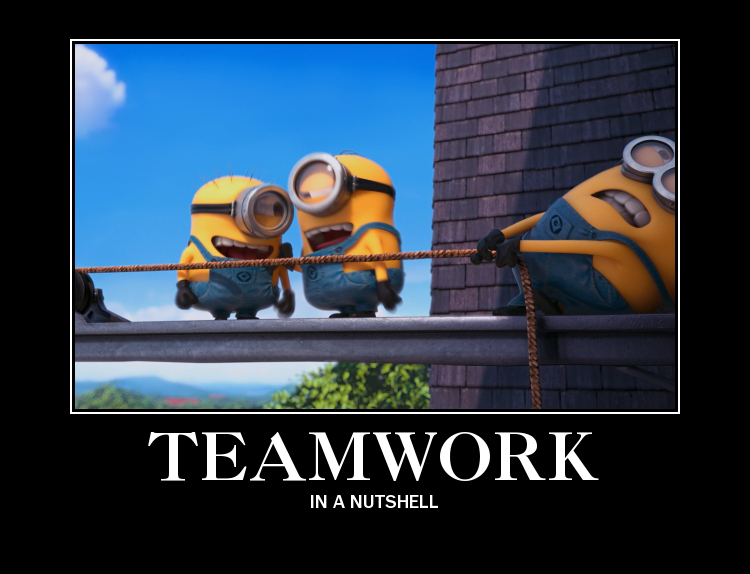The project is related to grade 12 math: Derivatives, introduction to concepts and applications
The project has few learning objectives:
- To extend the knowledge about the 3-Dimensional objects and especially cylinders
- To force the students to think outside their comfort zone of pure math to real life problems
- To make students think about knowledge from other subjects like Physics or chemistry
- To review some definitions and formulas regarding previous knowledge about slpoe and rate of change
- To extend the knowledge beyond by introducing and using regression analysis, derivatives, and applications.
- To make everything more fun and interesting by using the Webquest tool.
The methodology used is a practical one by asking the students to build many cylinders that have the same volume but different radiuses and heights. In this way the students will have a better feel and understanding of what they are looking for.
In the end the whole mathematical explanation is given through few websites so the students will be able to write about their understandings in a report.
The knowledge component is helped by the technology by using few websites to help students better understand the mathematical aspect of this real problem.

 SO THE TASK IS
SO THE TASK IS FIRST CLASS
FIRST CLASS RUBRIC
RUBRIC